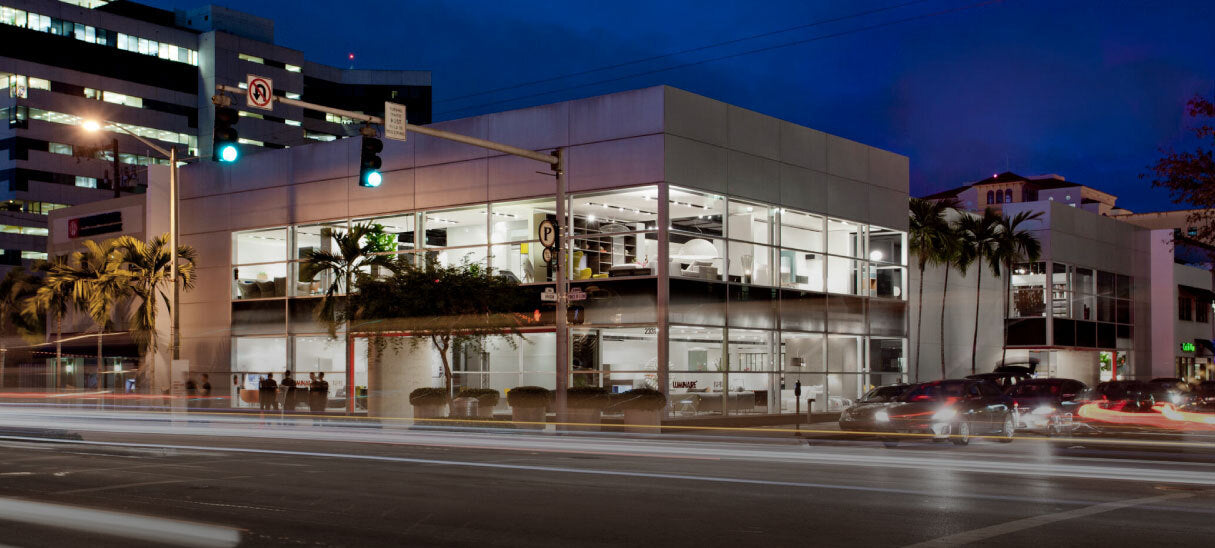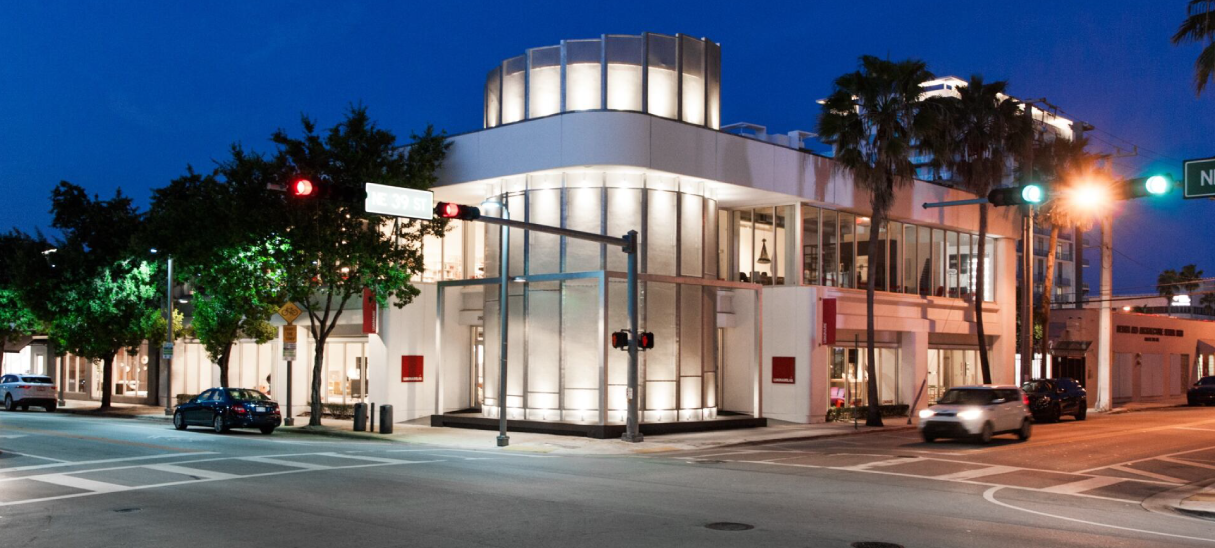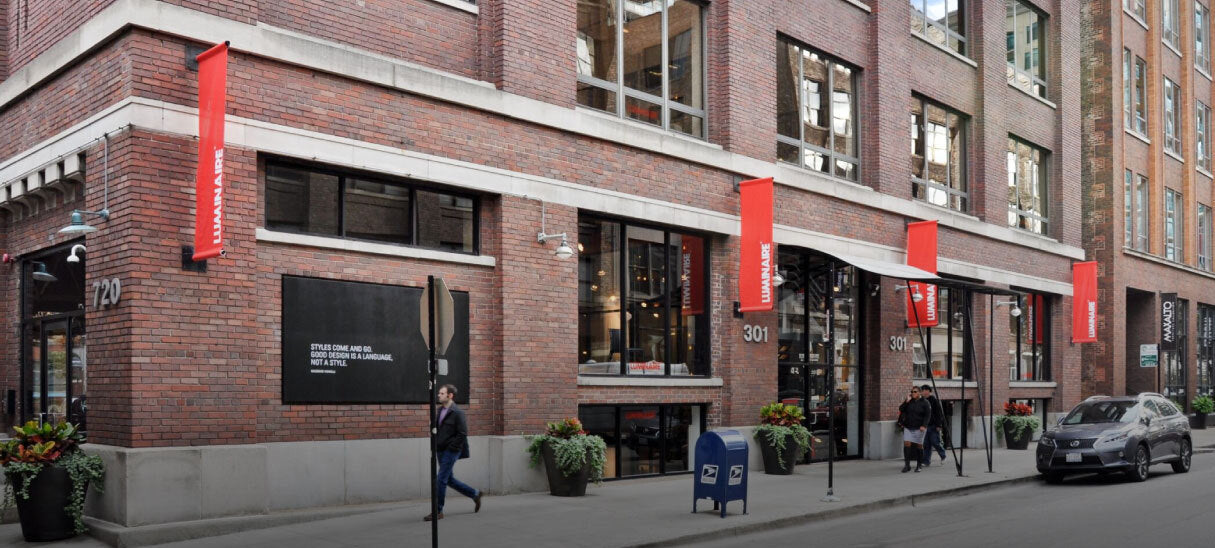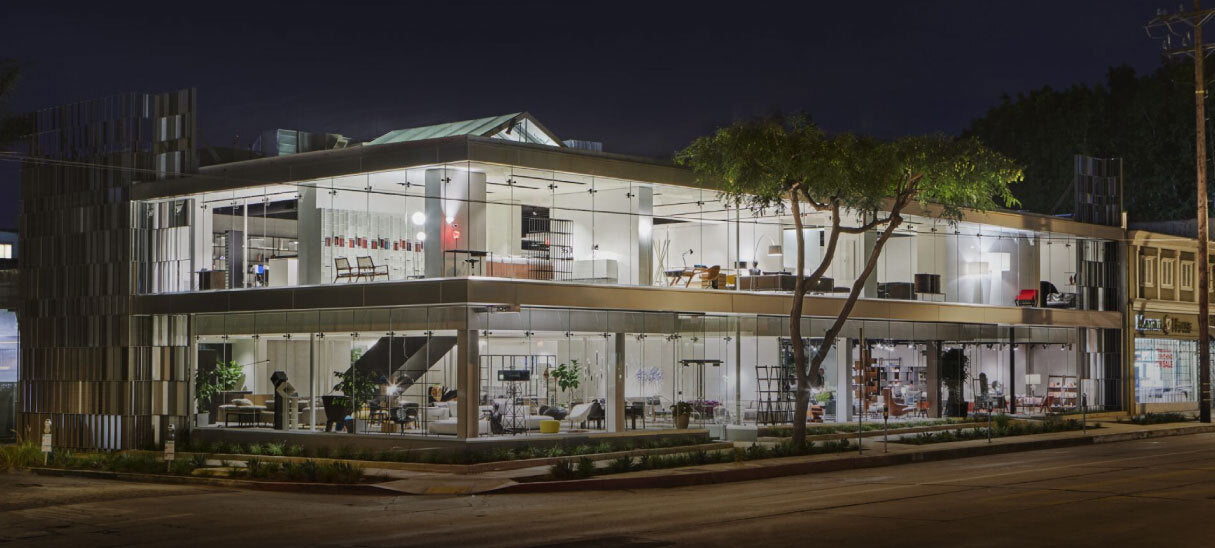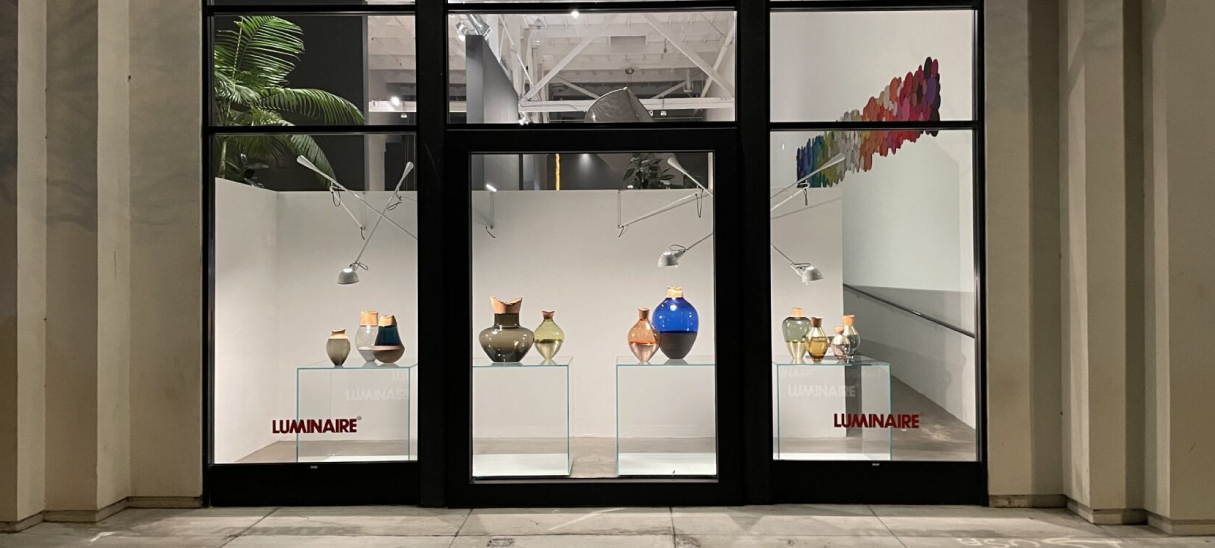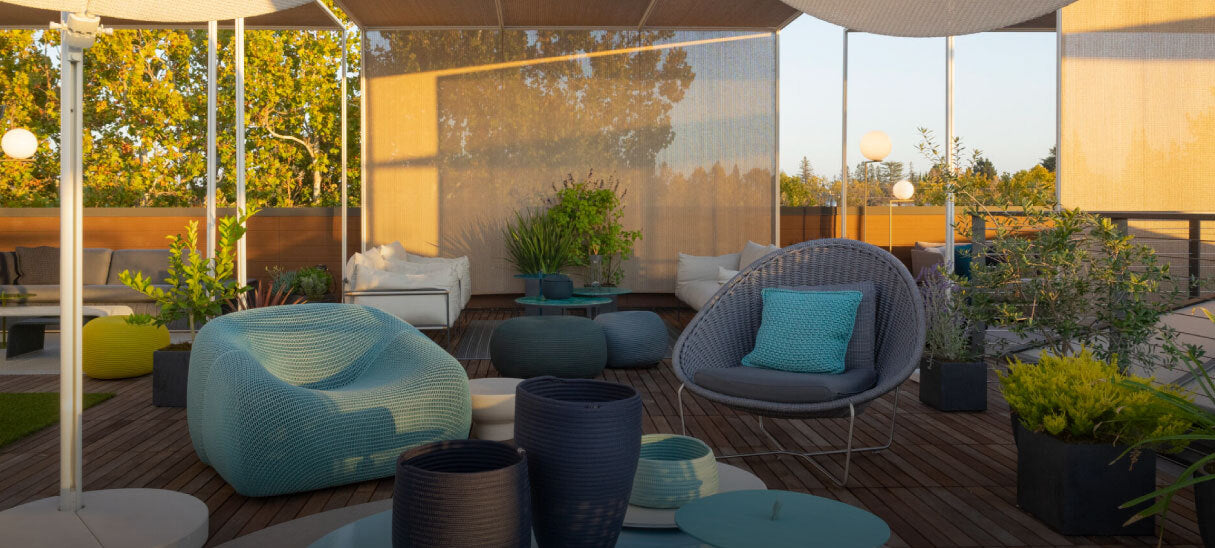Enjoy 20% Off on Selected Chairs. Shop Now
Fernando & Humberto Campana
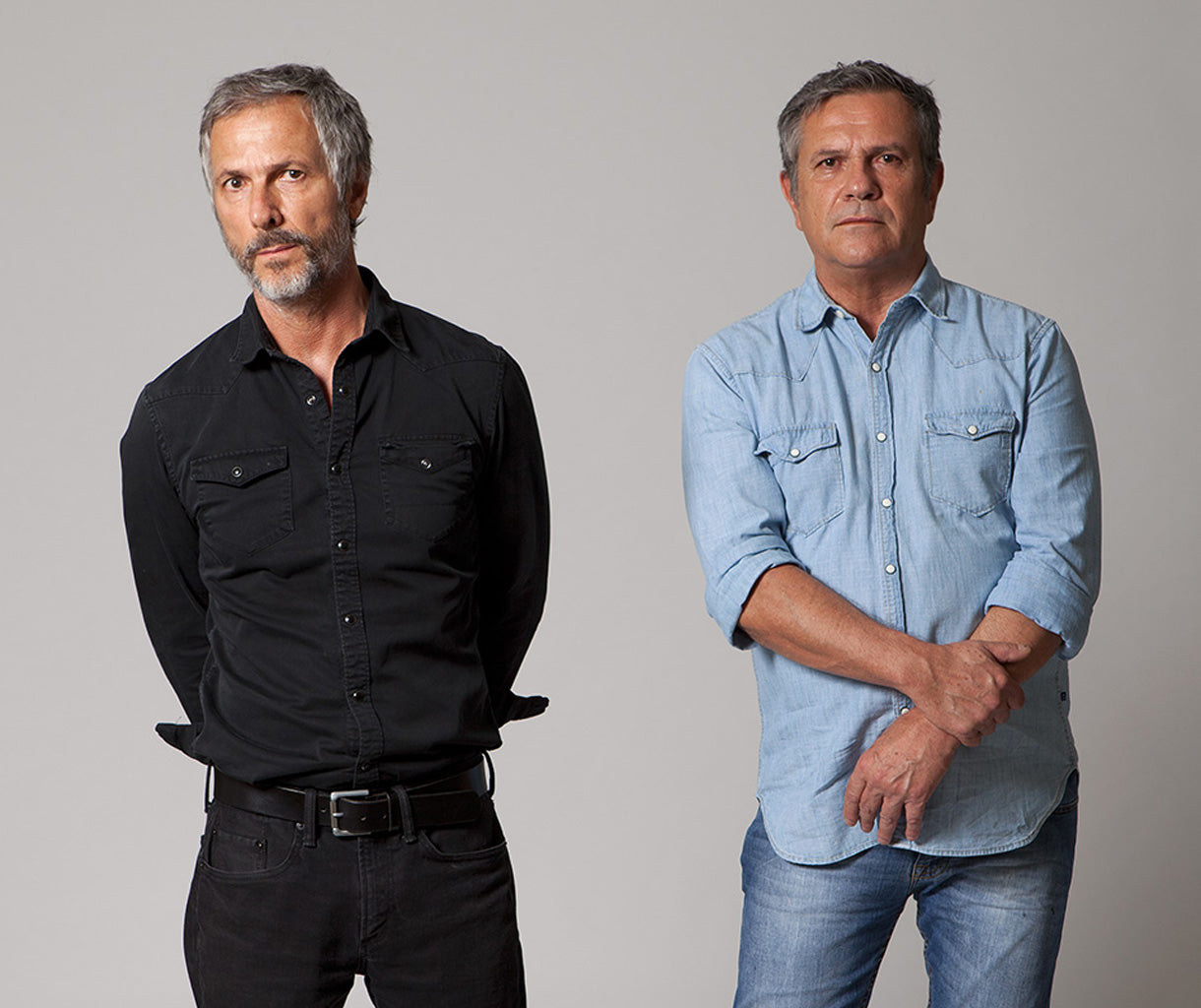
“The streets of Sao Paolo are a sort of laboratory for our designs. Whenever we need inspiration, we rely on the chaos and beauty of the city we live in.”
The flair, color and sheer inventiveness of Brazilian design is embodied in the work of the Campana brothers. Curiously enough, neither brother had planned a career in design. Humberto studied law, while Fernando got a degree in architecture. Humberto’s inborn passion for sculpture and manual work, however, slowly mutated from a part-time hobby into a serious endeavor. Fernando, on the other hand, provided both ideas and knowledge of the design process.
From the start, Humberto would get the feeling for materials and forms, and Fernando would make them real. In 1984 they took their first steps with small objects, like photo frames and ashtrays, using all the materials they could experiment with. Etudio Campana has explored new possibilities in furniture making, often using unlikely materials such as everyday ready-made industrial goods and waste products in original ways. Taking their cue from everyday scenarios and using unexpected combinations of found materials – such as rubber hose, tissue paper, string or childrens’ toys – Fernando and Humberto Campana transform modest materials into objects that celebrate the discarded and mundane. Their work is instilled with the spirit of contemporary Brazil that they describe as ‘zest for life’.
Their work has attracted some of the most cutting edge design firms in the world, such as Edra, Alessi, Cappellini, and Fontana Arte. For Edra, they conceived the groundbreaking Vermelha Chair, a humorist variation on the modernist chair which transforms a standard metal seat by patiently and amorously lacing colorful cotton rope around and through its structure. Another popular design, the Favela chair, is a lively collage of wooden strips, handcrafted piece-by-piece from wood of the favelas (shanty towns) near Rio de Janeiro, Brazil.
For the International Furniture Fair in Cologne in January 2006, the Campanas shared with the world their vision of the ideal home, finding inspiration in the megacities of South America and creating what they called ‘spontaneous architecture.’ Mirroring the Favela chair, the walls erupted with layered wooden panels to give the appearance of a spontaneous, handmade home rather than one that surfaced from detailed architectural plans.
In 1998, the brothers had their first exhibition at MoMA New York’s Project 66, a collaborative effort with Ingo Maurer. Their work may be found in the permanent collections of MoMA New York, the Centre Georges Pompidou in Paris and the Vitra Design Museum in Weil am Rhein, Germany.
During Design Miami 2006, Luminaire featured the Campana Brothers’ ‘Kaiman in Red’ in the 4D exhibition at Luminaire Contract, and in October 2007, Luminaire exhibited the work of the Campanas at the Illuminate event in Chicago. For the 2006 Puppy Love exhibition and auction at Luminaire, the Campana brothers dressed a 3D plastic puppy in a coat woven natural fiber as a playful deviation of their Trans-plastic series, raising awareness and funds to support cancer research.

